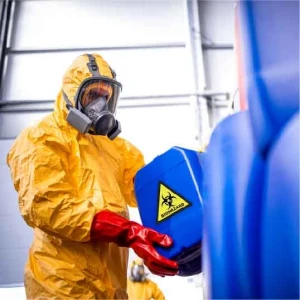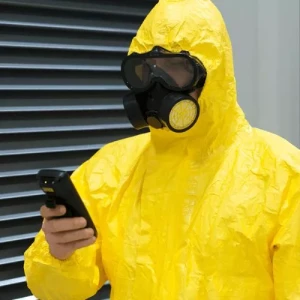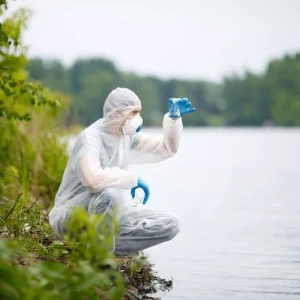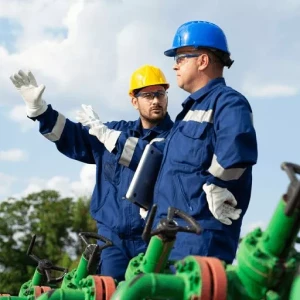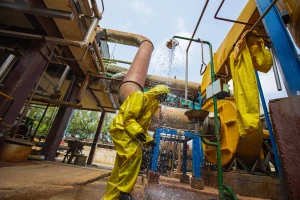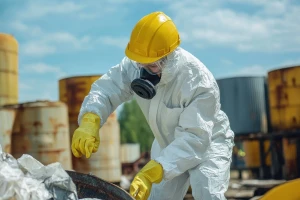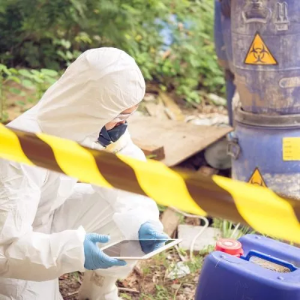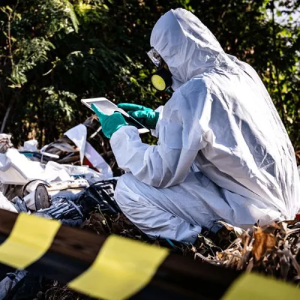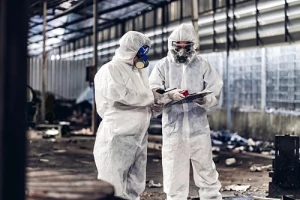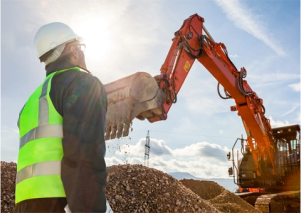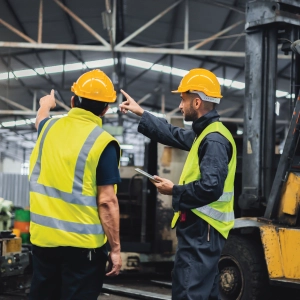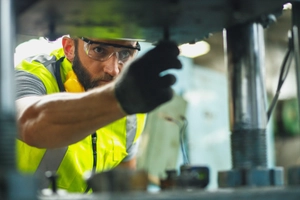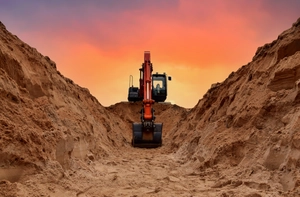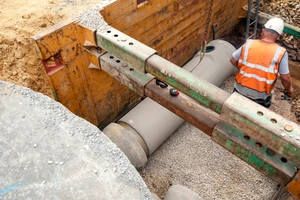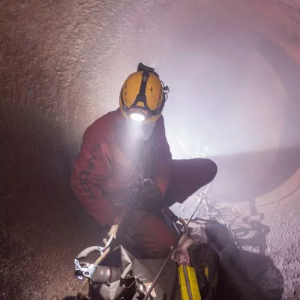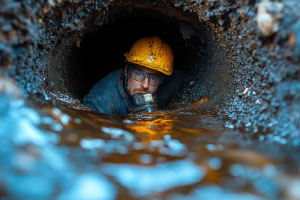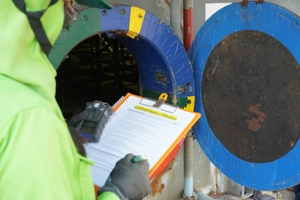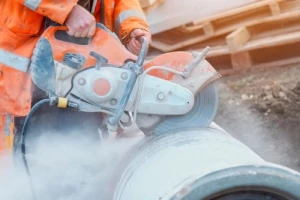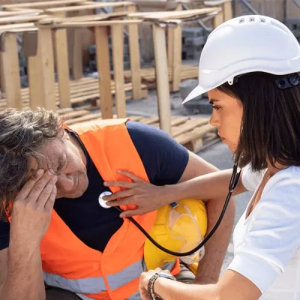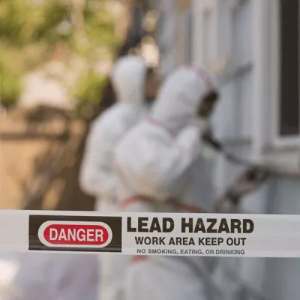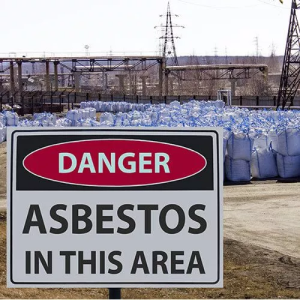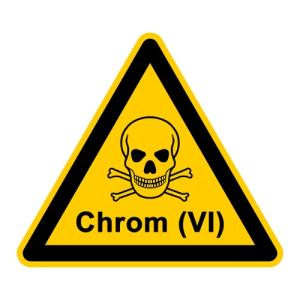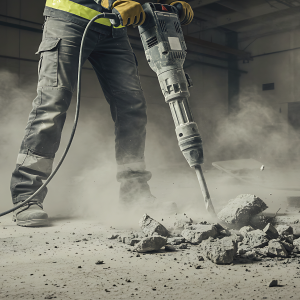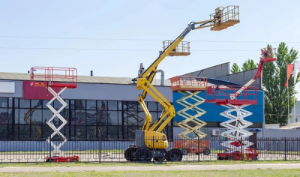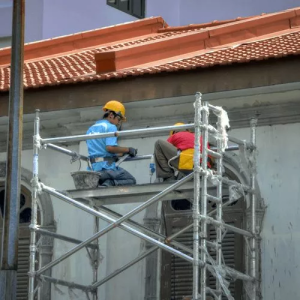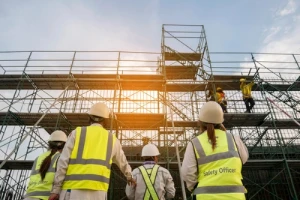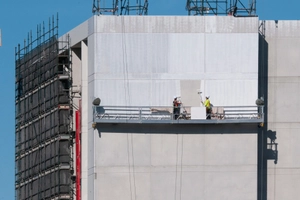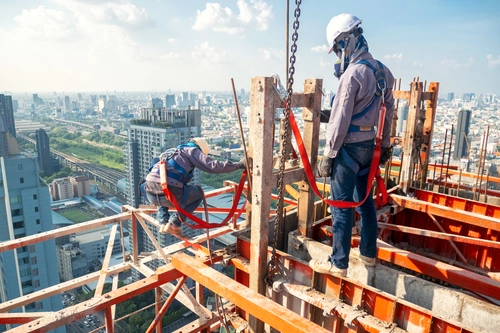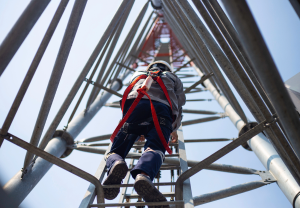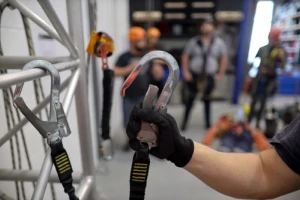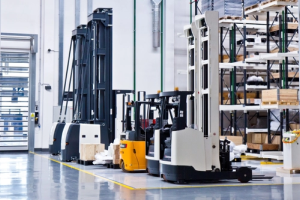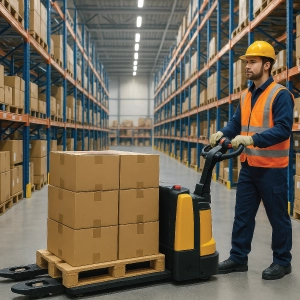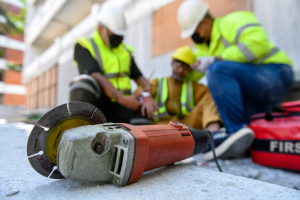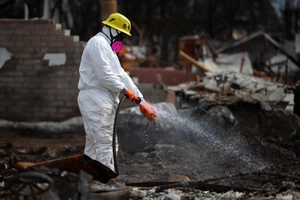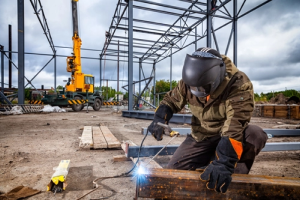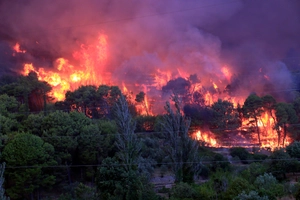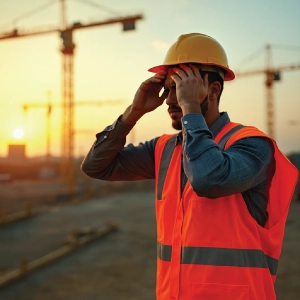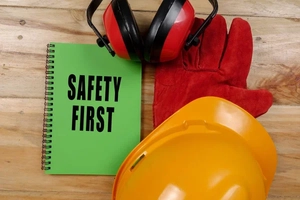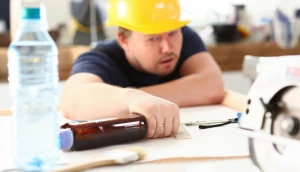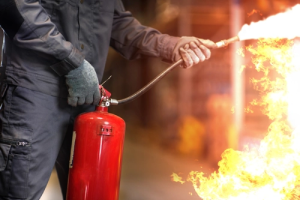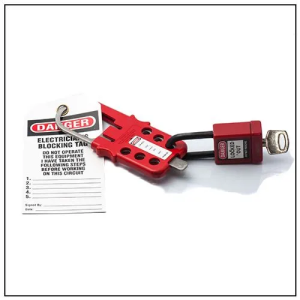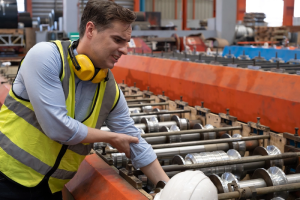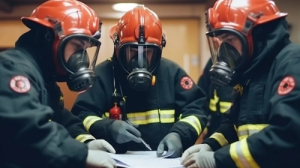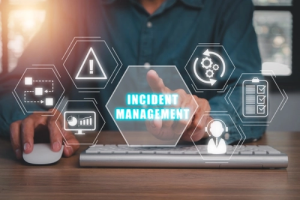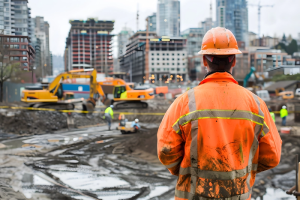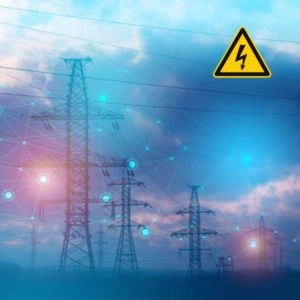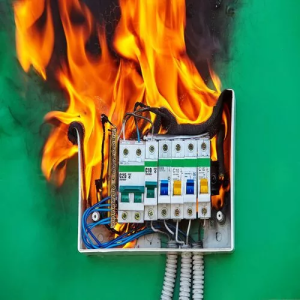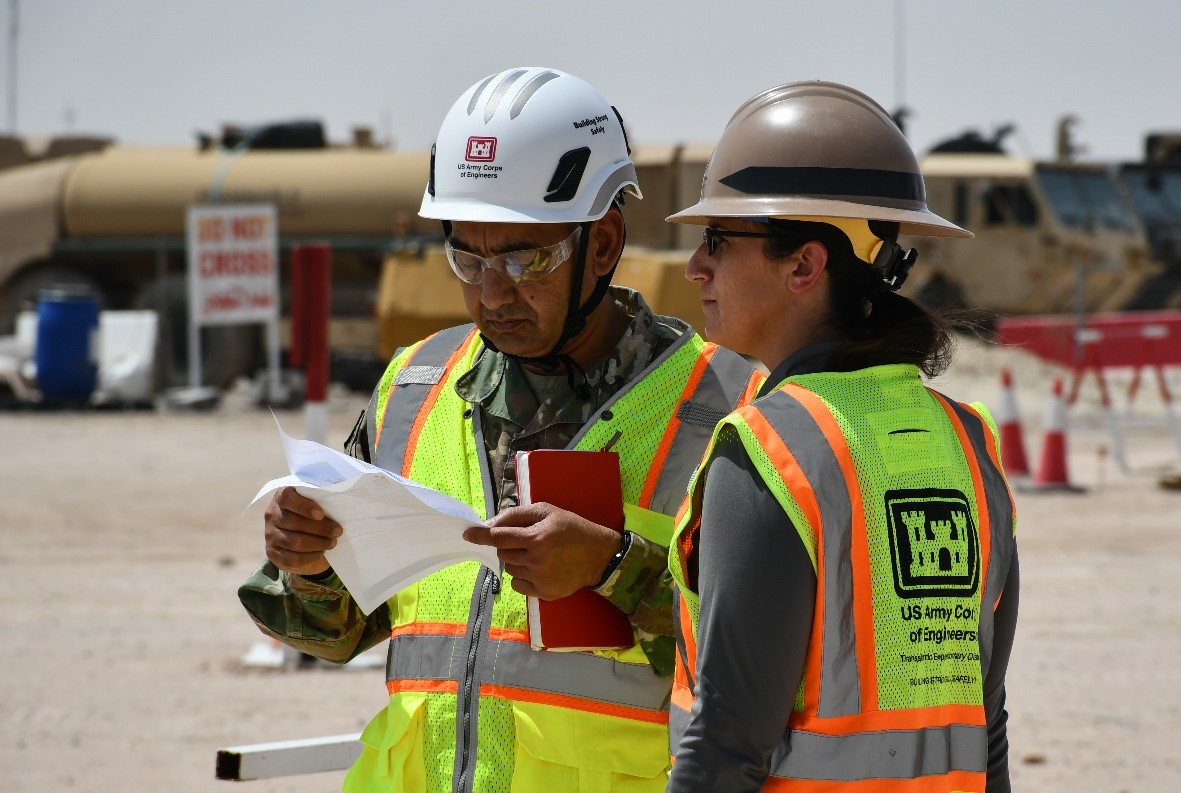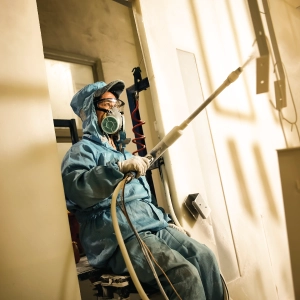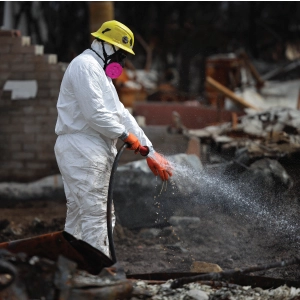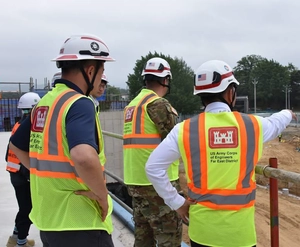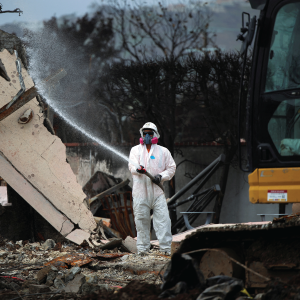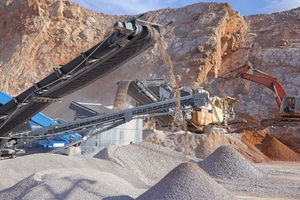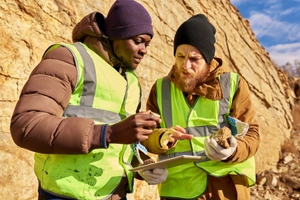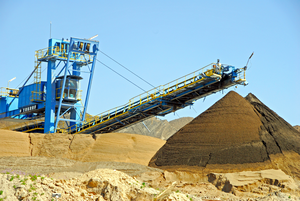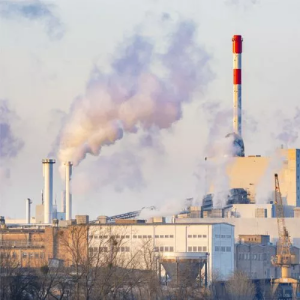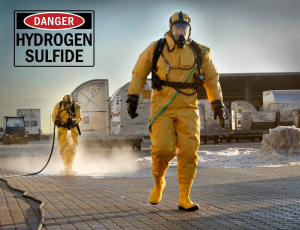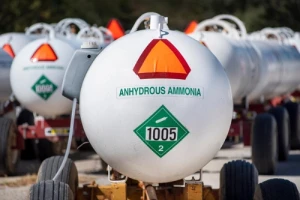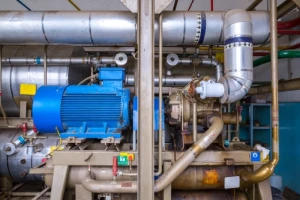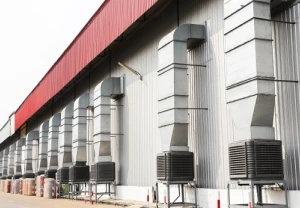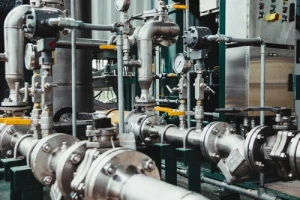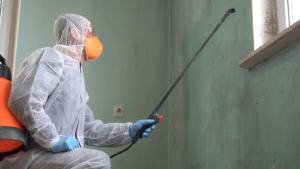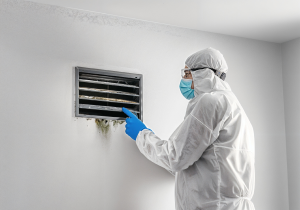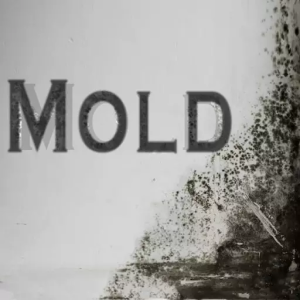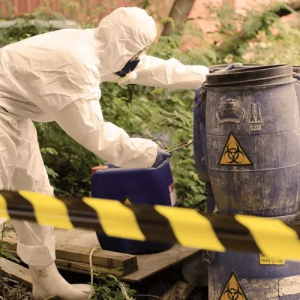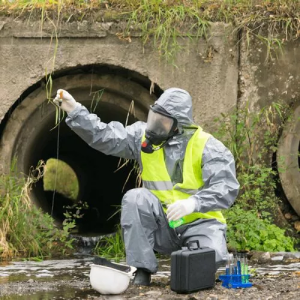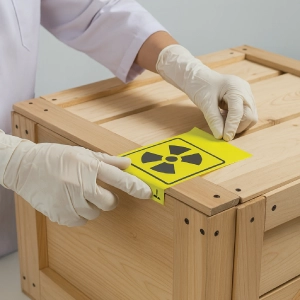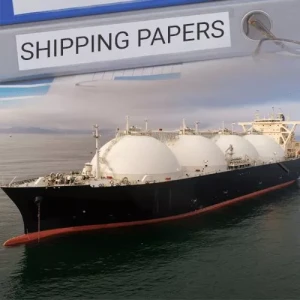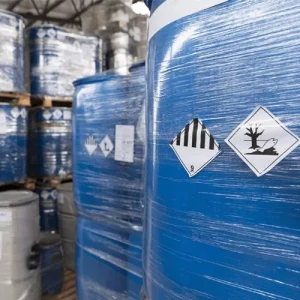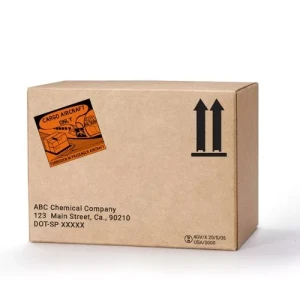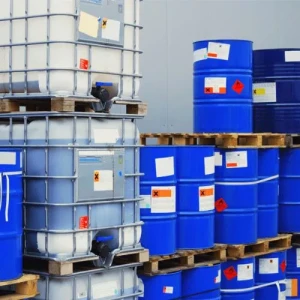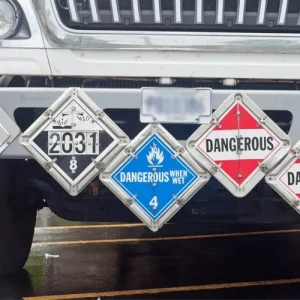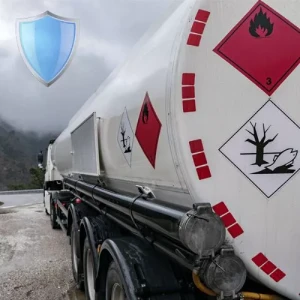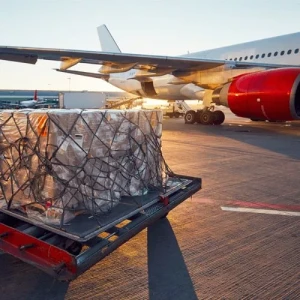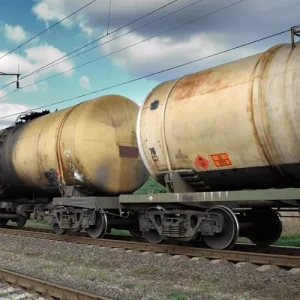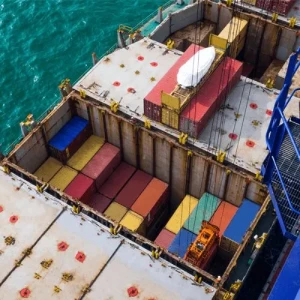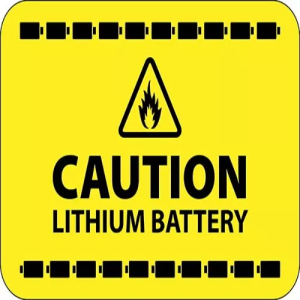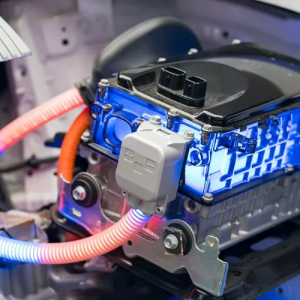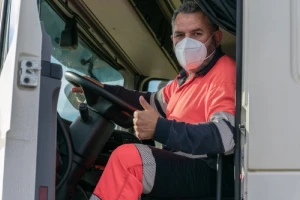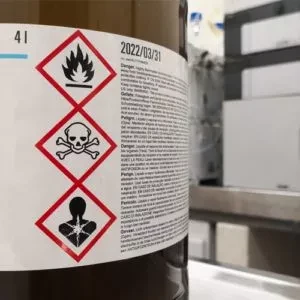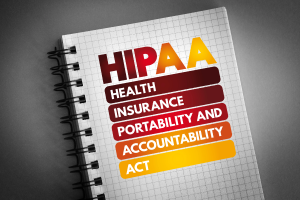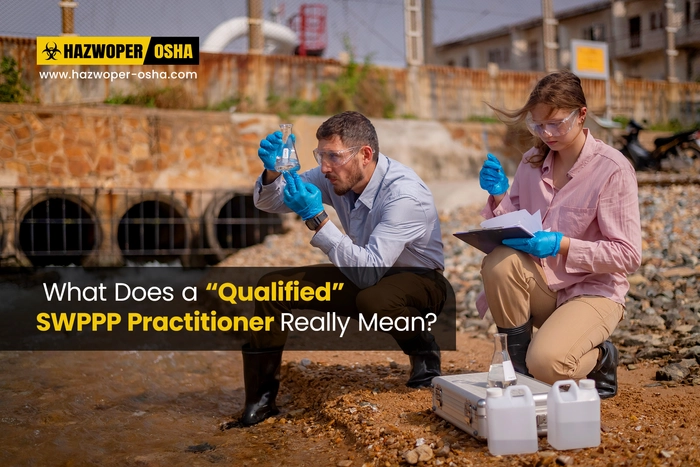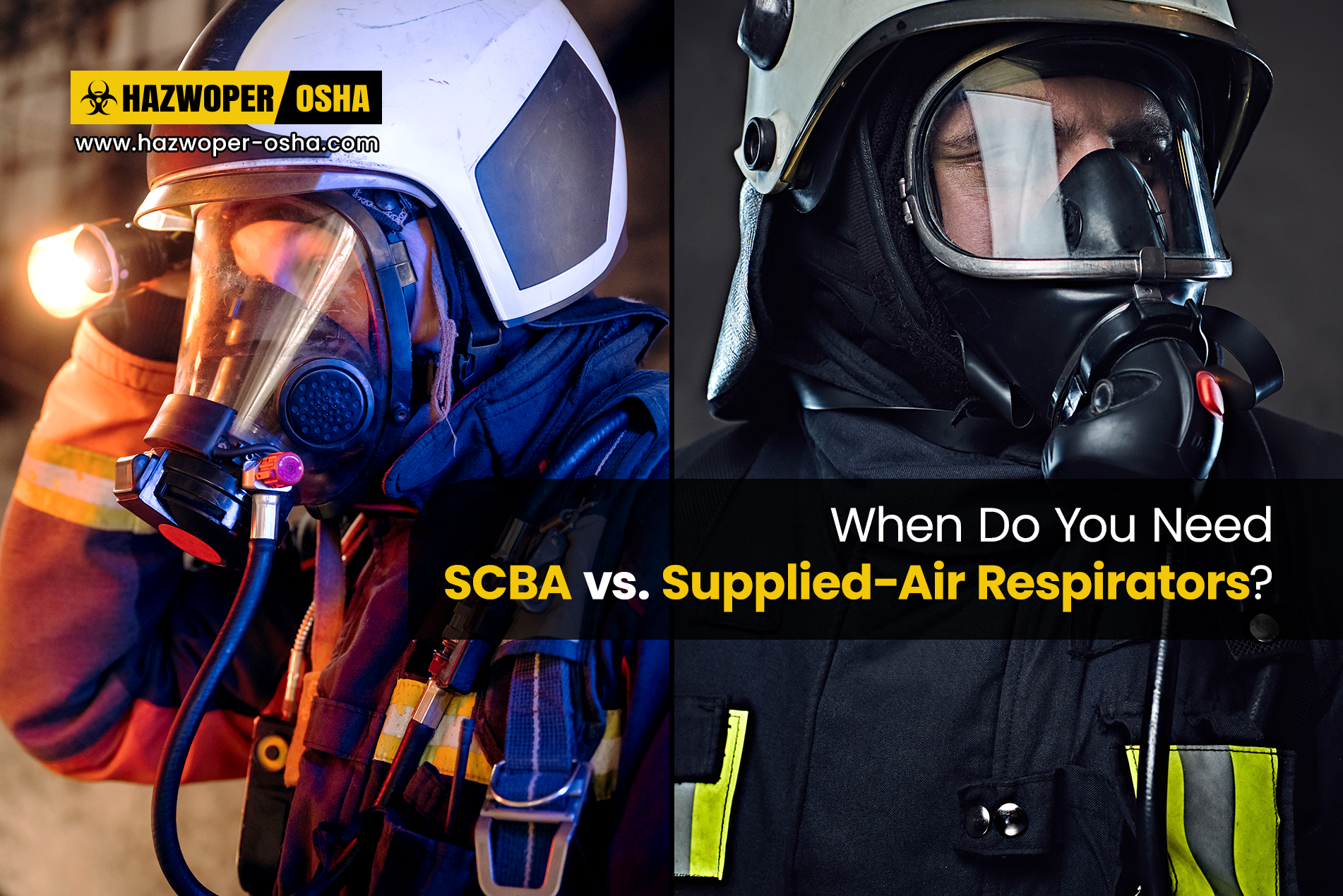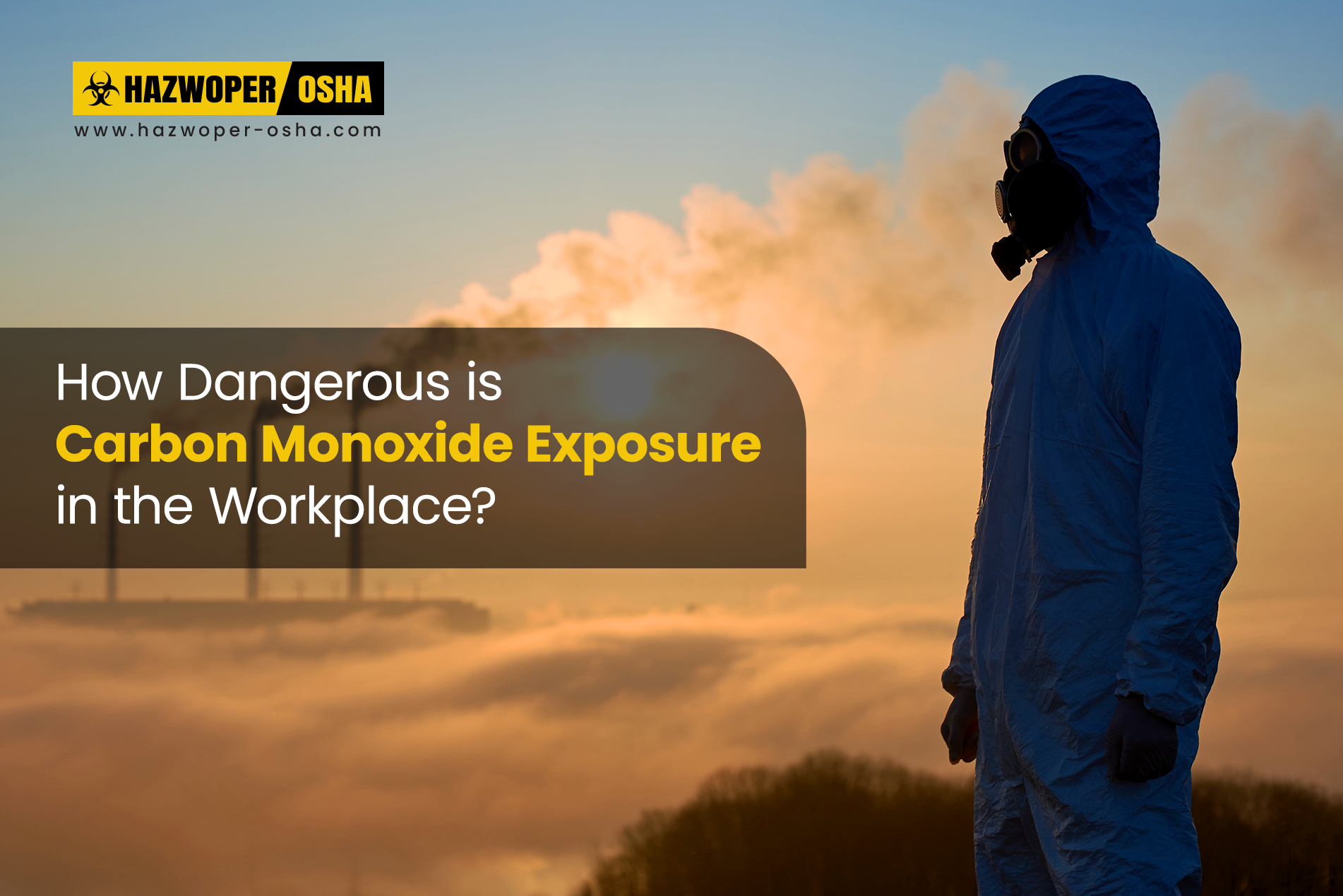How Ignoring Safety Protocols Led to a Worker’s Fatality in Port St. Lucie?
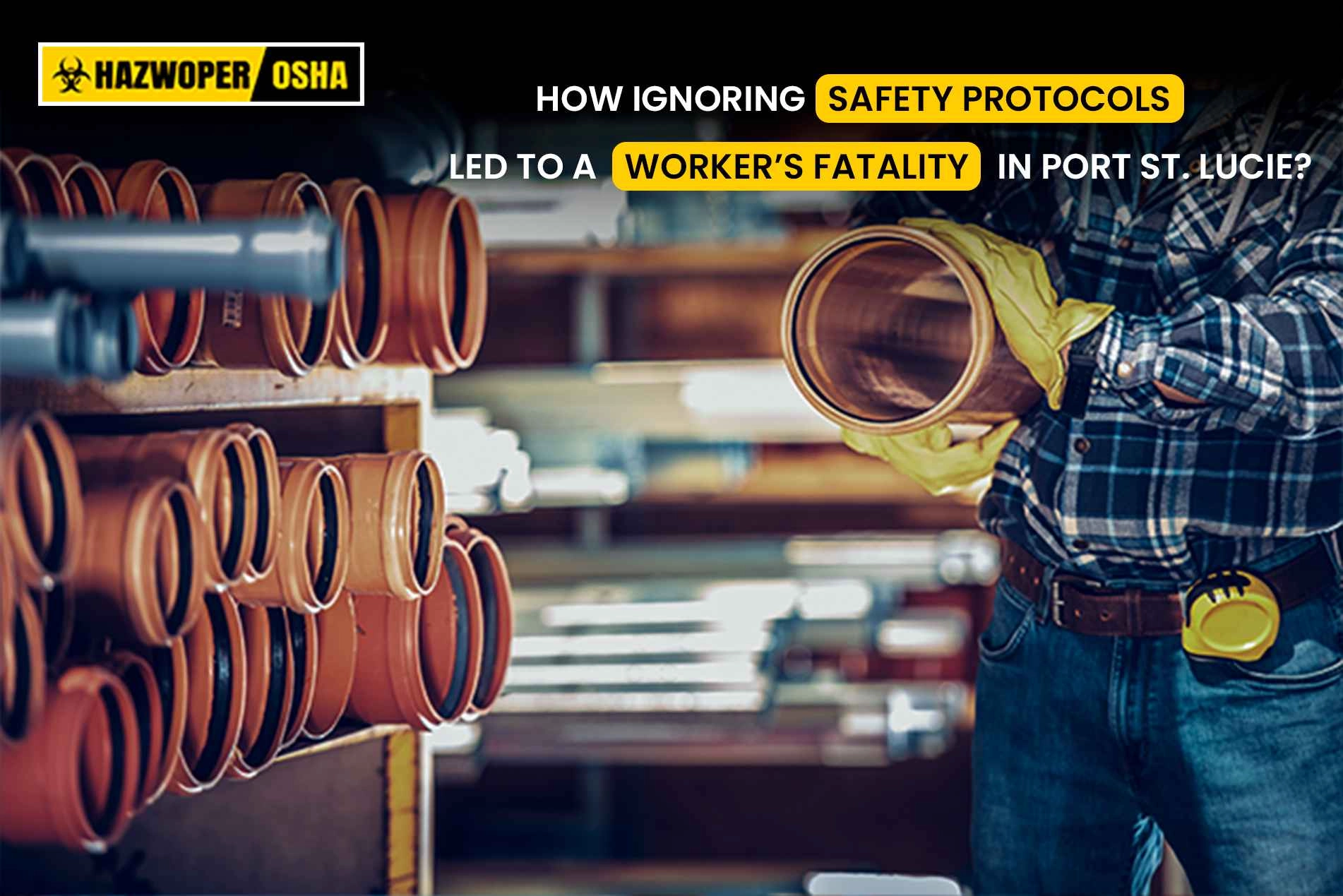
Introduction
Minor oversights in workplace safety have often led to devastating incidents and loss of lives. A similar case happened in June 2024 in Port St. Lucie, Florida. A 24-year-old worker died during storm pipe cleaning. The incident occurred due to the explosion caused by the overinflated pressurized pipe plug, which was preventable. This incident would have been avoidable if the worker had followed the standard operating procedures (SOPs) for pressurized equipment and if the equipment had been maintained accurately.
This blog post will explain the major lapses in safety practices at Southern Services of the Treasure Coast and the broader implications for industry workers and employers.
The Details of the Accident at the Port St. Lucis
On 8th June 2024, during routine tasks, a worker died while cleaning the storm drain-pipe. The worker was not adequately trained to recognize and address the dangers of pressurized equipment. The Southern Services of Treasure Coast Inc. had two employees using the inflatable pneumatic plug to seal the drainpipe section and clean the pipe when the incident occurred. During the process, the inflatable pipe over-inflated, leading to an explosion, propelling the worker 15 feet out of the storm drain. The force of the explosion resulted in fatal injuries.
Legal Action and Investigation by OSHA
OSHA investigated and uncovered a number of critical oversights that caused this tragedy:
1. No Hazard Identification
Lack of hazard identification was the main cause of this incident, as Southern Services of the Treasure Coast didn't identify the pressurized pneumatic plug as a possible hazard. The over-inflation of the plug was neglected, and its workers were exposed to this major risk.
2. No Safety Procedures
The company lacked established procedures for the safe installation and removal of pneumatic pipe plugs. There were no clear guidelines for monitoring pressure levels or ensuring that the equipment was safe to use.
3. Lack of Training
Employees were not trained regarding the risks related to the pneumatic plugs as determined by OSHA. The employees were unaware of how to safely handle the pneumatic plugs. As a result of these findings, the company was cited for serious OSHA violations and fined $16,131. The OSHA Area Director Condell Eastmond stated that,
"Pressurized equipment poses a significant danger, and employers must put safeguards in place and take all necessary precautions to protect workers from these hazards.''
The Importance of Identifying Workplace Hazards?
Every workplace brings its hazards, and that's why their management is non-negotiable. The incident at Port St. Lucie is a reminder to make workplace safety very important, as one of their workers lost his life while cleaning the storm drainpipe. This incident could have been completely preventable if workers had been trained to deal with the risks of pressurized equipment. This section will explore various types of hazards that are fatal for employees and threaten workplace safety.
Lack of Hazard Identification and Risk Assessment
Hazard identification includes finding the potential sources of harm within an environment, whereas risk assessment includes predicting possible mishaps and risks in the environment. without hazard identification, Organizations overlook major risks that cause injuries and accidents. OSHA Job Hazard Training helps to train employees to identify hazards associated with the job and plan measures for risk control.
Insufficient Emergency Preparedness Protocols
Workplaces must be prepared for unforeseen incidents to minimize harm. Lack of emergency preparedness leads to confusion and increases the risk of injury. Organizations must have regularly updated emergency response plans, perform drills, and ensure that employees are up to date with emergency procedures. Organizations can benefit from structured Emergency Action Plans (EAP) training to ensure their workforce is well-prepared for emergencies.
Neglect in Maintaining and Inspecting Equipment
Regular inspection and maintenance of industrial equipment prevents malfunctions and accidents. Equipment failure is a huge risk in environments where there is heavy reliance on machinery. All equipment should be checked and maintained regularly to verify that it is functioning correctly and is safe to use by the employees.
Pressurized equipment poses unique hazards, including explosive decompression and sudden pressure release. Employees working with this equipment should be trained to perceive these hazards and adhere strictly to the SOPs. Pressurized equipment explosions and other types of incidents cause life-threatening injuries and fatalities if not handled properly. By identifying risks, implementing proper safety measures, and ensuring adequate training, employees can work safely with pressurized equipment.
Lock Out Tag Out training helps employees and employers ensure safe work practices when handling machinery with hazardous energy.
Insufficient Safe Operating procedures
Standard Operating Procedures (SOPs) ensure that employees follow step-by-step guidelines for safely handling equipment and hazardous materials. Without proper SOPs, employees will be confused about task performance steps and will engage in unsafe practices. With proper SOPs in place, employees understand proper work procedures, reducing the likelihood of accidents.
Untrained Employees
One of the leading causes of workplace accidents is inadequate employee training. Without proper and updated training, employees remain unaware of potential hazards, eventually turning the workplace into a disaster site. With the help of comprehensive training, employees can recognize hazards and tackle them properly. Workplace safety training allows your workers to work confidently around risks & hazards.
The Bottom Line:
This case reminds us of the importance of safety and teaches us that safety isn't optional. Employers should ask themselves hard questions such as: Are workplace safety protocols updated and in-depth? Do employees have sufficient training to handle them? Similarly, employees should ask questions such as: Do they need more training, and can they confidently handle hazardous situations? Employees should speak up when they encounter hazards and risks at the workplace. The life and well-being of workers is worth it. Regularly reviewing safety protocols, training employees, and maintaining equipment can prevent similar tragedies. Let's build safer workplaces, as no task is ever worth anyone's life.
References:
Safeopedia, Workplace Hazard, June 11th 2024. https://www.safeopedia.com/definition/646/workplace-hazard
FALCONY, What is hazard identification?, 24th January 2024, https://blog.falcony.io/en/what-is-hazard-identification
OSHA, US Department of Labor finds storm pipe cleaning, maintenance employer could have prevented 24-year-old worker's fatality at Port St. Lucie worksite, January 16, 2025, https://www.osha.gov/news/newsreleases/atlanta/20250116
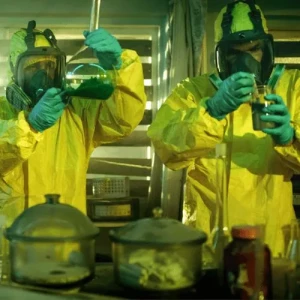
 EN |
EN |  ES
ES